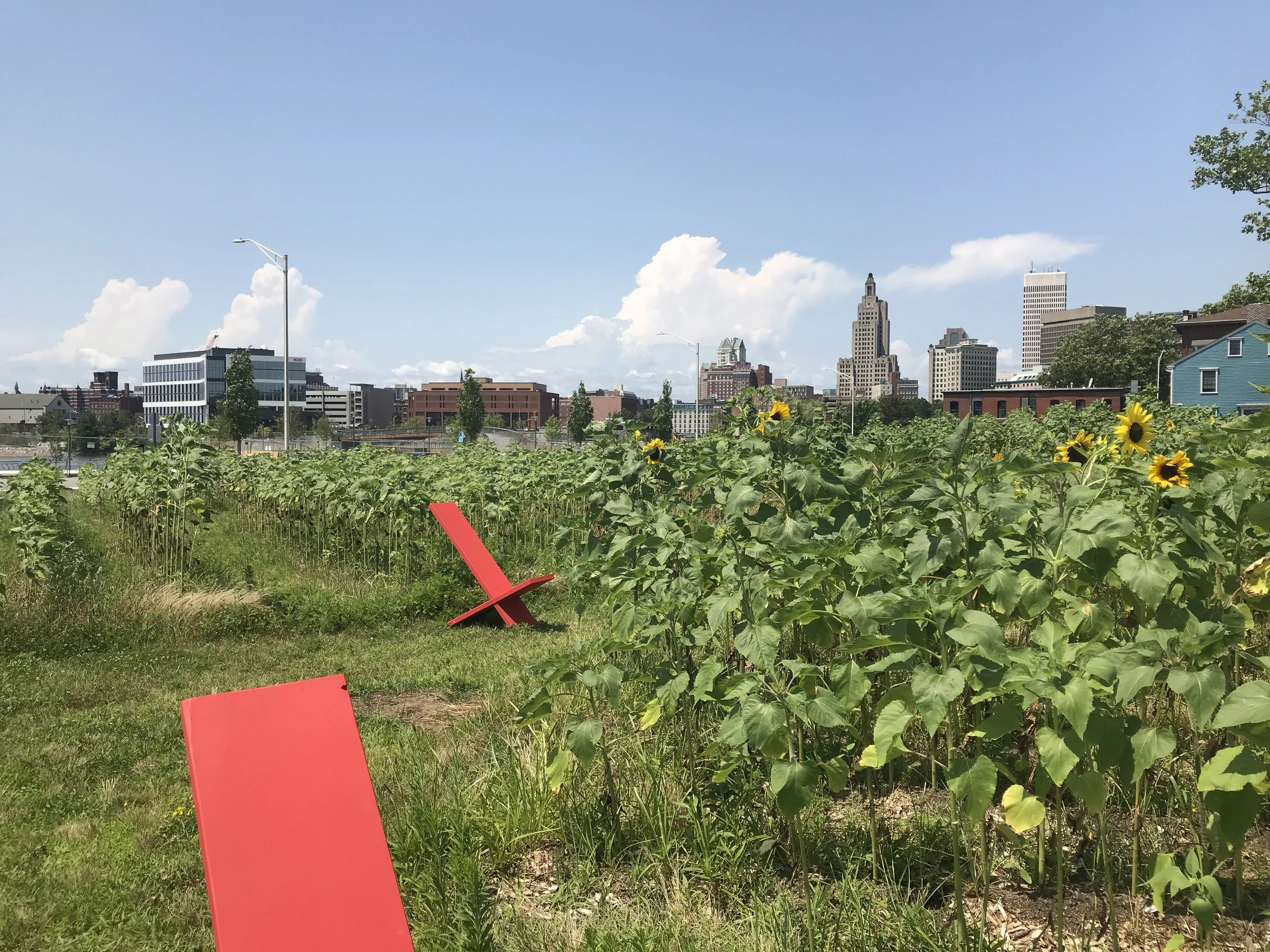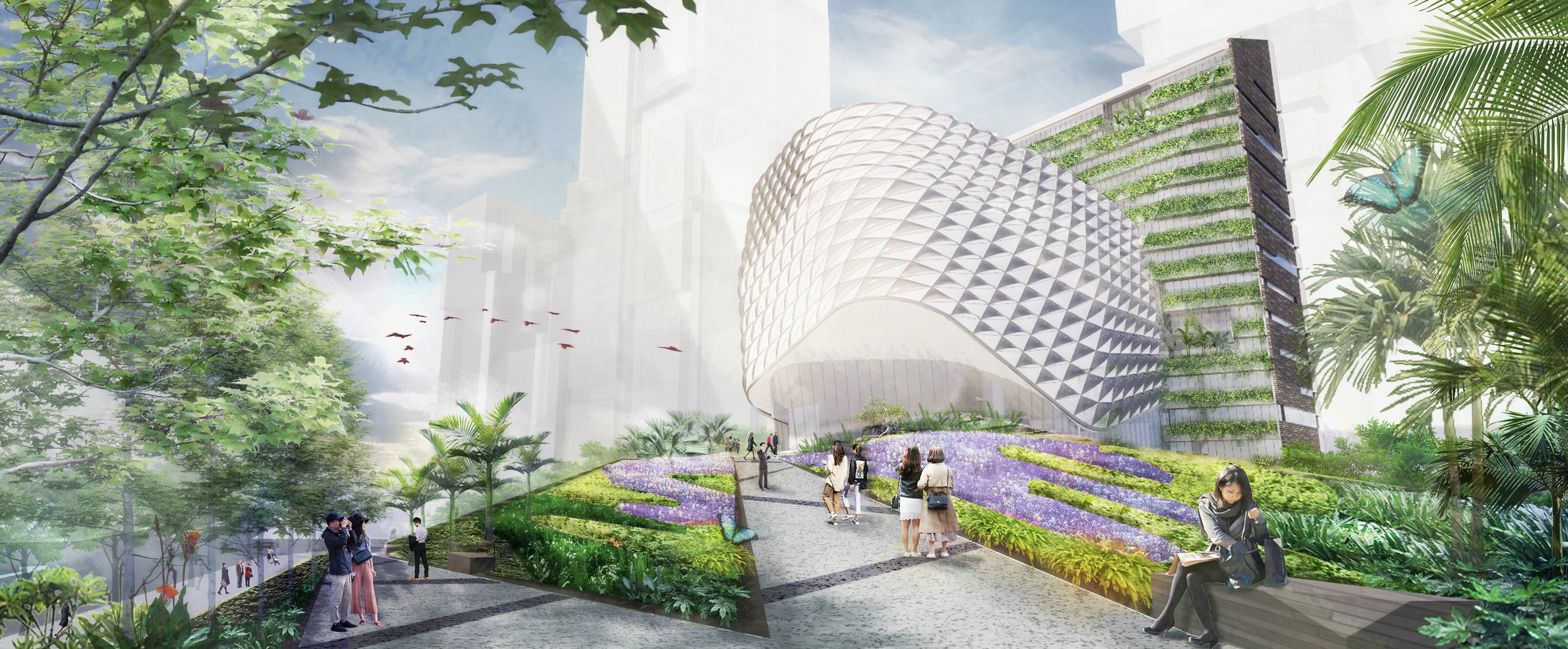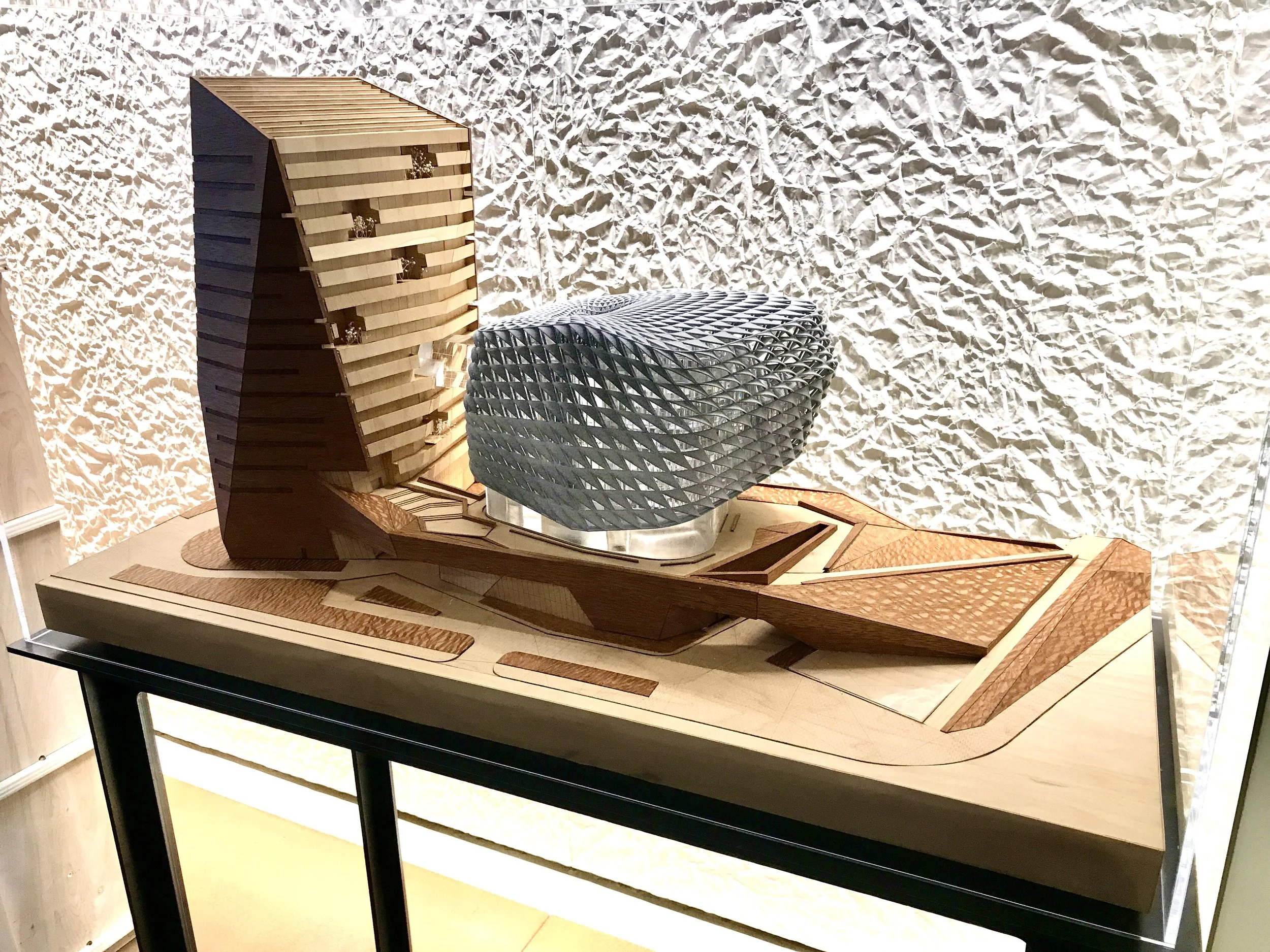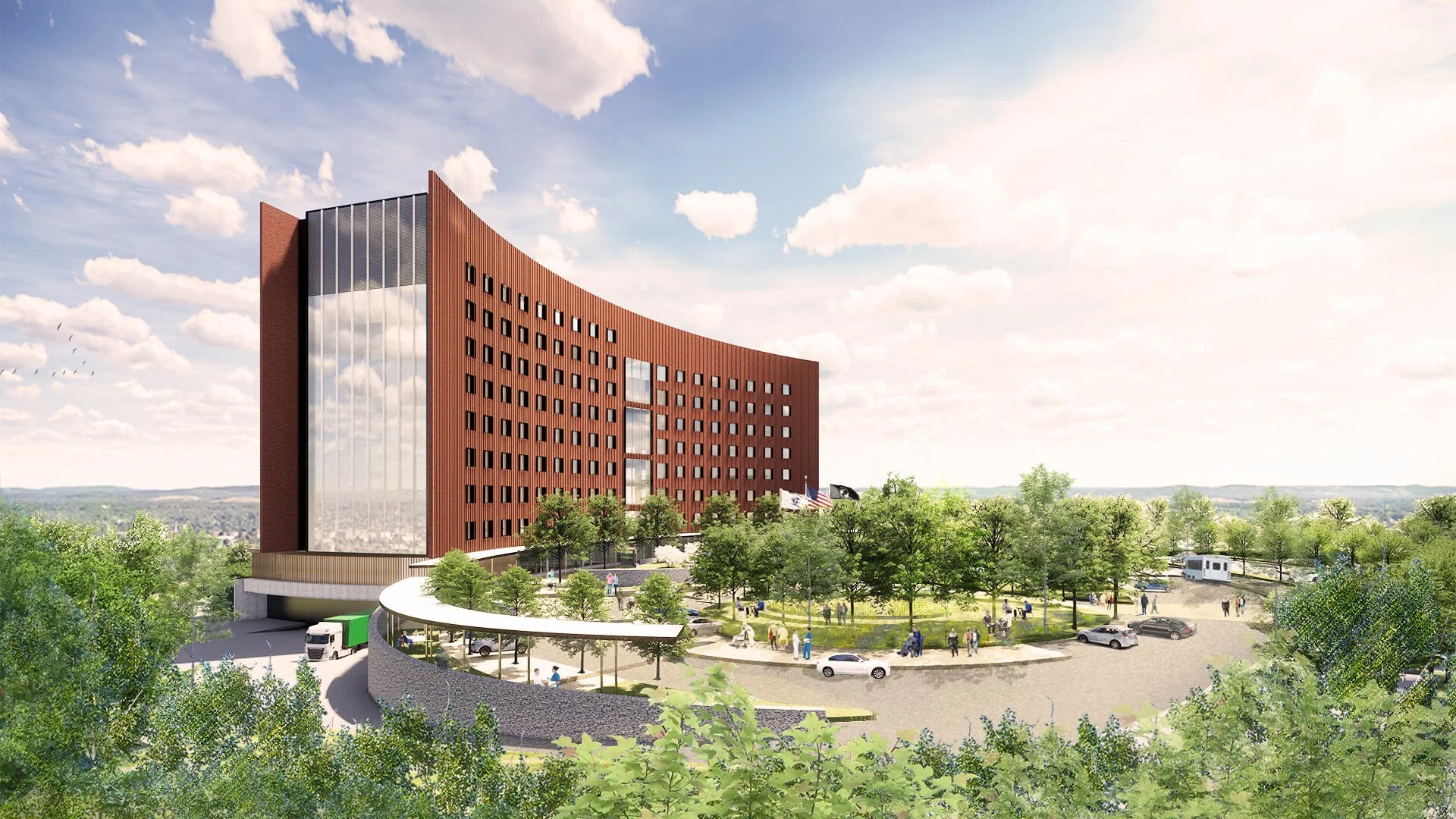PUBLIC ART INSTALLATION/INTERIM PARK | PROVIDENCE RI | ON-GOING/ANNUAL
2022 NATIONAL ASLA HONOR AWARD
RIASLA HONOR AWARD
PROVIDENCE PRESERVATION SOCIETY HONOR AWARD
Ten Thousand Suns is a summer-long botanical performance started in the Summer of 2016 in which over 10,000 sunflower seeds were planted and nurtured over the course of the summer months on land that until recently sat under a highway, with high compaction, low-organic material, and embedded with toxicity. A portion of the performance is simply the presence of the community members who volunteered to care for the field, with no other motive than “developing” a garden/park for everyone to enjoy.
In Urban development planning and political efforts often focus around large-scale building as either a generator of revenue for the city and or an effort to attract tourists and new residents/businesses to spur growth. With the relocation of I-195 Highway there emerged a large swath of land in downtown Providence where we have seen a myriad of proposals from baseball stadiums to skyscrapers, all accompanied with a promise to recover and propel the city’s economy. These proposals, however, are often backed by out of state developers, and seeking millions in tax subsidies with no clear return of investment to the city and it’s citizens.
As a landscape architect, I believe in the transformative potential of urban landscape initiatives as a necessary and critical component to a city’s infrastructure. A component that is sometimes not considered above mere beautification, but can provide both economic and ecological benefits necessary to the health of a growing city, and most often, at fractions of the cost of large scale building development.
In the spring of 2011, while a graduate student at the Rhode Island School of Design (RISD) I watched (and heard) from my studio window the final demolition of the I-195 highway that bisected the city through the heart of the jewelry district. Though I was a fairly new resident to Providence the removal of this large piece of abandoned and foreboding infrastructure (it remained a great spot for a beer(s) and setting off of fireworks I should mention) immediately left a spatial impact on that section of the Providence Riverfront. Access to the water, both physically and visually was easily available as one approached from the east side, also opening clear views to downtown and the Jewelry District.
In the years following I walked by two particular parcels created by the removed highway, now in the direction of the I-195 District Commission, nearly everyday, and like many other spatially driven people wondered about the fate of this no doubt valuable open space.
I began to explore some of the underutilized riverfront and initiated an experiment in the summer of 2015, and a seemingly simple one at that. Not dissimilar to the “The Lupine Lady” as was often referred to me, I sowed approximately one-thousand sunflowers seeds along and near the river’s edge to see not only what the soil would allow to grow, but also people. Would the periodic visit of maintenance crews embrace the guerrilla grown seedlings? Or would they simply be mowed down as “weeds”? If they were to survive long enough to bloom, would passer-bys allow them to remain, or would they be quickly plucked from the ground?
In the end, of the thousand planted, only four or five survived to bloom. But the botanical experiment planted the seed for a bigger idea, that of planting 10,000 sunflowers in this vacant land with the city skyline as its background, creating an iconic image for the city, and stirring possibilities of the transformative capabilities of landscape.
The sunflower is an incredible plant. For one it’s bloom is striking, easily visible from a great distance, and given the right conditions, can grow ten feet tall in only sixty days. It’s heliotropic, meaning it changes position with the path of the sun. It’s a great pollinator and food source, actively attracting bees and birds. And, it is a phytoremediator, having the capability of sucking toxins out of the ground. It was these qualities that I sought to deploy the sunflower onto this vacant (and polluted) land in what I referred to as a “summer long botanical performance.” After creating some ambitious drawings of the proposed outcome I received permission from the I-195 Commission, and along with a team of volunteers and students of mine from RISD began work.
Reflecting back on two seasons of the project The visible transformation of the land has been remarkable. Most noticeable by the hundreds of people it draws during the bloom on a weekend afternoon, visiting to capture a family photo, or simply to experience the magical moment of seeing the setting sun behind the city skyline amongst a sea of sunflowers. Less noticeable is the ecological transformation, as the sunflowers work to clean toxins present in the soil on site, they also bring a variety of bee species by the thousands, ground plovers who have found refuge in the protection of the sunflower stalks, and feeding frenzy for a variety of bird species when the seeds appear.
It is clear people from all around the state are attracted to the striking bloom, demonstrated by a Instagram search of #10000suns. However, I have received many notes and letters from people who have expressed the impact this simple field has had on their lives that I could not have anticipated, and certainly did not plan for. A woman visiting with her mother with severe dementia, told me the story of how the sunflowers somehow sparked a moment of clarity in her mother. She stopped, grabbed her daughter’s hand and said: “Sunflowers! You held sunflowers in your wedding!” A touching moment as she told me the story with tears in her eyes and thanked me for the project.
Another woman, a victim of a hit and run accident the year before, used the growing sunflower field as her inspirational location for walking rehabilitation.
A man returning to Providence for his father’s funeral, expressed he found great comfort and peace in the field during a difficult time.
These are but a few of many examples of the potential impact the 10,000 Suns can bring to people’s lives, but at a larger scale it has brought the attention of development possibilities, and that landscape is not merely land waiting for a building. Through many interactions with people in the field I believe it has at least cultivated a greater understanding of landscape initiatives and increased the likelihood that landscape architects will have share a place at the table when further urban development in Providence is planned.
RISD Adjunct Prof. Adam E. Anderson, but made possible by a team of volunteer artists, architects, students, friends, neighbors, and passer-byers. Permission and funding was granted by the I-195 District Commission and through crowdsourcing.
Press:
The Return of 10,000 Suns
Landscape Architect Explore's Nature's Role in Urban Development
2016 Rhode Islanders of the Year
Sunflower Project Taking Root on 195-Land
Sunflower Field Project Beginning to Bloom in Downtown Providence
Sunflower Project on Riverfront
Sunflower Field Project Blooms Downtown - Channel 12 Interview
Comments:
"Thank you for the beautiful sunflowers, still going strong! What a wonderful gift to all of us."
"Just want to say thank you for the happiness when driving home. Makes me smile."
"Beautiful surprise."
"I am back in RI to bury my father and seeing your installation of 10,000 suns this morning brought cheer."
"Every time I walk past 10,000 Suns it makes me so happy - thanks for making it come to life."











































![[photo by Matthew Huang]](https://images.squarespace-cdn.com/content/v1/580679ef15d5db2766a00878/1505423183741-BO8AXM3IM5TA6IYIADGU/20170823-028A3738.jpg)



















































































































































































































































































































































![2_SSU STAGE RENDERING copy[1].jpg](https://images.squarespace-cdn.com/content/v1/580679ef15d5db2766a00878/1488423327542-83RQKFDC195ML4ZGAJS8/2_SSU+STAGE+RENDERING+copy%5B1%5D.jpg)











